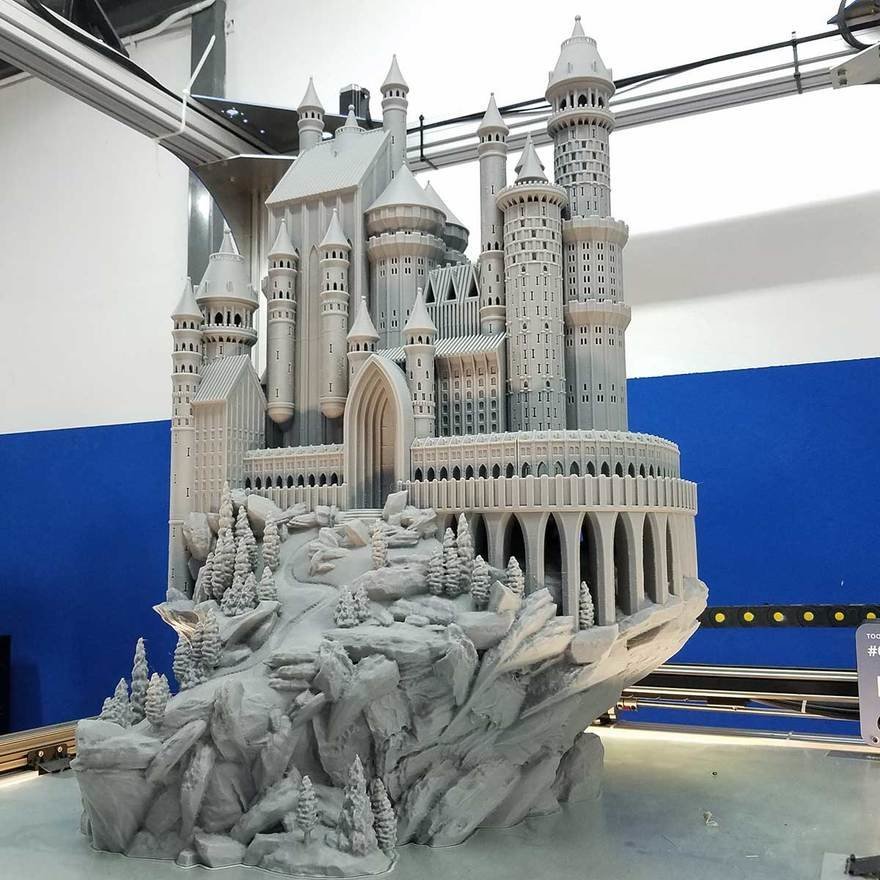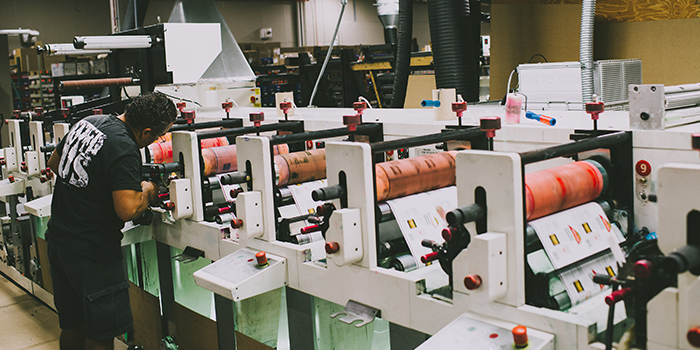When it comes to 3D printing, choosing the right filament material is crucial for achieving desired results. PLA (Polylactic Acid) and PETG (Polyethylene Terephthalate Glycol) are two popular thermoplastics used in the industry. Among the many factors to consider, heat resistance stands out as a critical characteristic. In this article, we will delve into the heat resistance properties of PLA and PETG, comparing their performance in various applications. By the end, you'll have a clear understanding of which material is more suitable for your specific heat-related needs.
- PLA: The Versatile Contender
PLA is a biodegradable and environmentally friendly filament derived from renewable resources such as cornstarch or sugarcane. It has gained popularity due to its ease of use, low warping, and vibrant colors. However, PLA's heat resistance is relatively limited compared to other materials, making it unsuitable for high-temperature applications. PLA typically softens and deforms at temperatures around 60-65°C, which restricts its use in environments with elevated heat levels. - PETG: The Heat-Resistant Champion
PETG, on the other hand, offers superior heat resistance compared to PLA. It is a durable and impact-resistant filament known for its excellent layer adhesion and transparency. PETG can withstand higher temperatures, typically ranging from 70-80°C, without significant deformation or loss of structural integrity. This makes PETG a preferred choice for functional parts, mechanical components, and objects exposed to moderate heat environments. - Applications and Use Cases
3.1. PLA Applications:
- Prototyping and concept modeling
- Artistic and decorative prints
- Low-temperature functional parts
- Educational and hobbyist projects
3.2. PETG Applications:
- Mechanical components and enclosures
- Functional parts subjected to moderate heat
- Food containers and packaging
- Outdoor signage and displays
- Factors Influencing Heat Resistance
Several factors contribute to the heat resistance of PLA and PETG, including:
- Glass Transition Temperature (Tg): PLA has a lower Tg (around 60°C) compared to PETG (around 80°C), indicating its lower resistance to heat.
- Crystallinity: PETG exhibits higher crystallinity, resulting in improved heat resistance.
- Chemical Structure: The chemical composition of PETG provides it with enhanced thermal stability compared to PLA.
- Considerations for Material Selection
When deciding between PLA and PETG for heat-resistant applications, consider the following factors:
- Operating Temperature: Determine the maximum temperature the printed object will encounter.
- Mechanical Strength: Assess the required strength and impact resistance for the intended use.
- Aesthetics: Consider the desired appearance, transparency, or color options.
- Environmental Impact: Evaluate the sustainability and biodegradability aspects of the materials.
Conclusion:
In the battle of heat resistance, PETG emerges as the clear winner over PLA. While PLA offers versatility and ease of use, PETG surpasses it in terms of heat resistance, making it suitable for a wider range of applications. By understanding the strengths and limitations of each material, you can make an informed decision based on your specific requirements. Whether you're a hobbyist, engineer, or designer, choosing the right filament material is crucial for achieving successful and durable 3D prints.



